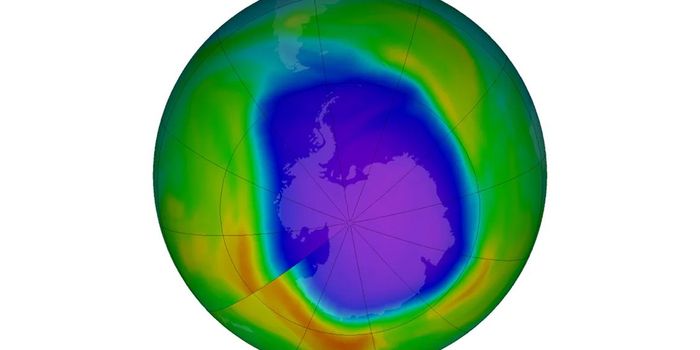Novel system hopes to prevent nuclear terrorism
A study published in both Science Advances and Science describes a new technology called the Neutron-Gamma Emission Tomography (NGET) system. Developed by scientists at Sweden’s KTH Royal Institute of Technology, NGET is designed to detect small amounts of nuclear materials in order to prevent nuclear terrorism acts.
"The technology has a very high sensitivity and can within a few seconds detect gram-amounts of plutonium depending on the application and the plutonium isotope composition," says Bo Cederwall, a professor of physics at the Institute. "It takes a little longer to get a really good picture so you can see exactly where the plutonium is. However, this can be done completely automatically."
So how does it work?
Cederwall explains that NGET uses tomography to rapidly image the source of neutron and gamma ray emissions from weapons-grade plutonium. NGET measures the time and energy correlations between particles emitted in nuclear fission and then employs machine learning to pinpoint coincidences of neutron and gamma ray emissions to determine their origin source.
While the technology could be used in airports, for example, to search people and goods, the system isn’t limited to nuclear terrorism; it also has potential to detect environmental radiation from nuclear facilities or natural sources.
"In case of a radiological emergency, It is extremely important to be able to quickly map the radioactive contamination in the environment in order to protect the population in the best possible way," says Cederwall, which is why his team is working to equip drones with the NGET.
Sources: Science, Eureka Alert








